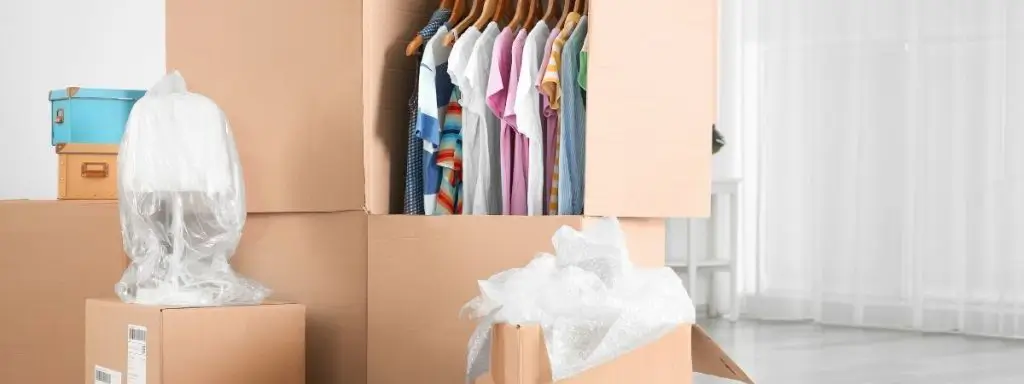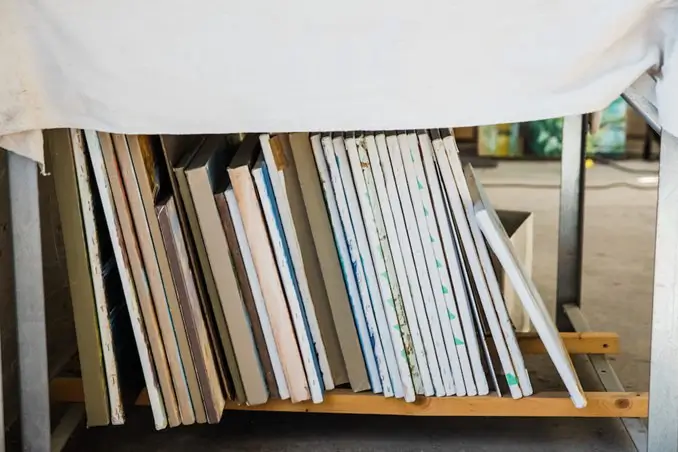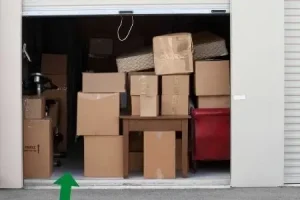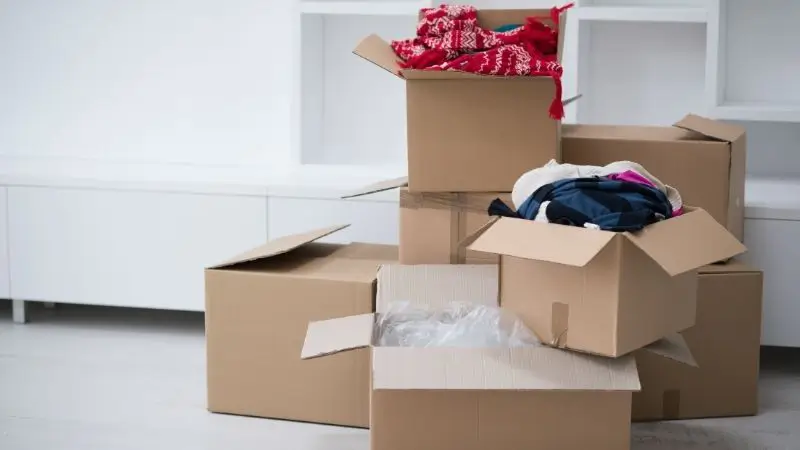You might be worrying about how to keep your belongings safe and in good condition in long-term storage. Avoid rapid aging and deterioration of your belongings over a long period of time by storing them properly. Whether you’re planning to store items for a few months or collectibles for several years, follow these 6 golden rules.
How to Pack for Long-Term Storage: 6 Golden Rules
- Clean before packing and storing
- Use the right containers to control airflow and restrict light
- Pack items in their intended orientation to avoid gravity’s effect over time
- Cover exposed areas and line the floor of your storage area
- Store inside temperature-controlled, humidity-controlled, and low-light environments
- Label and organize
Proper preparation is your best hedge against damage caused by dust, pests, mold, temperature, humidity, and light. Dust may settle in spaces you think are clean. Pests like beetles, moths, and other insects can be a nuisance and infest or destroy your property. Fluctuating temperature can cause expansion and contraction, leading to cracks. High humidity and moisture can cause mold, mildew, and other bacteria and fungi to grow. UV rays from sunlight can cause fading and degradation of many types of material. Once you are familiar with these factors and know how to mitigate them, storing for the long term will become intuitive.
Packing clothes for long-term storage

Clothes are one of the most common items to store long-term. There are a variety of bad things that can happen to them; mold, mildew, pest infestations, permanent wrinkles and odors can damage your clothes when you store them for a long time. After washing and drying thoroughly, neatly fold your clothes. Pack into airtight storage bins with desiccant packets inside. Delicate items should be stored in a wardrobe box to prevent them from wrinkling. For more in-depth clothes packing tips, read how to pack clothes for storage.
Packing paintings for long-term storage

If you’re an artist or art collector, canvas paintings and prints mean a lot and should be stored properly for the long term. Canvas is quite fragile, and susceptible to tears, smudges, and dust buildup that is hard to clean off. Your storage space for paintings and artwork should be a humidity- or temperature-controlled climate. Pack the paintings vertically inside an opaque breathable container and separate them using a thin cloth or plain acid-free paper. For more in-depth tips, read how to pack paintings for long-term storage.
Packing furniture for long-term storage

Besides clothes, furniture is one of the most often stored items in storage. Whether you’re moving or downsizing, furniture takes up a lot of space. Whether you aim to sell it or keep it, you need to pack furniture properly to preserve it. After cleaning your furniture, disassemble large sections, but don’t remove legs on couches and heavy furniture. Clean and condition leather surfaces. Line the floor of your storage space with plastic sheeting as a barrier against pests and moisture. Loosely cover your furniture with cloth, blankets, or loose plastic sheeting. Pack your furniture into your storage area the way the furniture is supposed to sit, and leave 1-2 inches on each side for air circulation. Do not pack heavy items on top; this may damage the furniture over time. Check out the full guide for packing furniture for long-term storage.
Packing books for long-term storage

Books are emotionally and financially valuable assets. Protect your personal library first by using dust jackets on hardcover books. Use archive paper to wrap or cover your collection, and place your books inside cardboard archive boxes. Finally, seek storage space which is temperature- and humidity-controlled to prevent mold, mildew, and pests from damaging your books. Ensure your space is also dark and away from direct sunlight to avoid fading. See the full guide to storing and packing books long-term.
Packing photographs for long-term storage

Old-school printed photographs are one of the most cherished items to pack and store with care. Make sure to have your photos printed on acid-free paper. Pack your photos in paper archive boxes—these are proved to be safe containers, whereas plastics are as yet unproven for long-term storage. Organize, and include notes with acid-free index cards for future reference. Store your collection in a humidity- and temperature-controlled area that is dark. See the full guide for storing and packing photographs for long-term storage
Packing mattresses for long-term storage

Mattresses are expensive and are often stored improperly, leaving the owner with a headache and the mattress at the dump. After cleaning your mattress, wrap it up with a mattress bag or loose plastic sheeting. Store your mattress flat (not on its side!) with adequate room for airflow. It is best to store mattresses two to four feet above the floor, atop other stable items, with nothing stacked on top. Your storage environment should be temperature- and humidity-controlled to prevent mold growing inside the mattress. Check out our mattress storage guide here.
Packing Paper Documents for long-term storage
Important papers and documents can be hard to keep safe and store properly. To keep paper for a long time, use acid free file folders and a filing box or cabinet, ideally one that doesn’t let light in. Store your documents in a temperature and humidity controlled environment. Learn more about storing paper documents.
Packing Ties for long-term storage
Ties are an important part of dress wear. Different kinds of ties are signifiers of style and personality, and can also hold sentimental value. The best way to store ties long term is to clean, iron, and roll them loosely. Storing them in fabric drawer organizers works best to keep them dust-free and organized for long periods of time.
Packing Stuffed Animals for long-term storage
Stuffed animals may hold sentimental or monetary value, so it would be a shame to let them deteriorate when stored for long. Clean your stuffed animals first and make sure to repair anything broken before storing. Pack your stuffed animals in plastic storage bins or acid-free cardboard boxes and use acid-free tissue paper to separate them. Store in a temperature and humidity controlled environment with low light. See the full guide for storing your stuffed animals long term.
Packing your storage unit for the long-term

When packing a storage unit for a few months or years, you should follow the 6 golden rules for packing and storing your possessions. Try to utilize the space inside your storage unit as much as possible by packing heavy items at the bottom and fragile items toward the top. Stack your boxes high, but remember to keep the stacks stable for your safety and to protect the box contents. The most useful tip is to make an aisle—leave an empty space between boxes a few feet wide so you can walk into the unit when it is full and grab what you need. See 10 storage unit tips and tricks you need to know and learn how to organize your storage unit like a pro.





